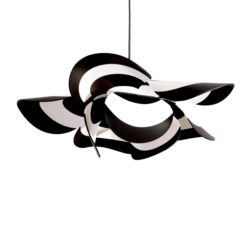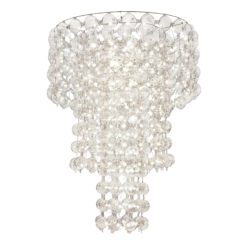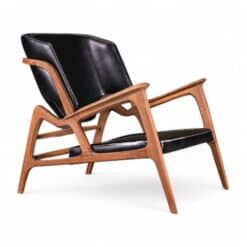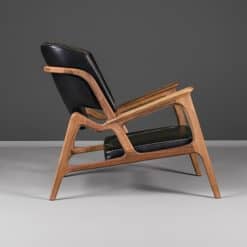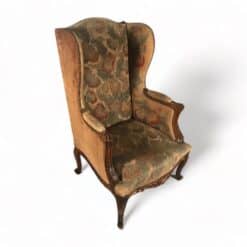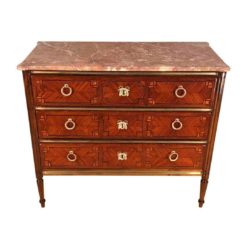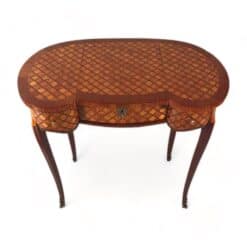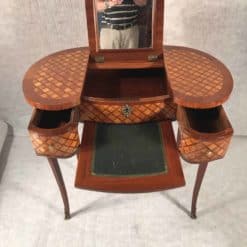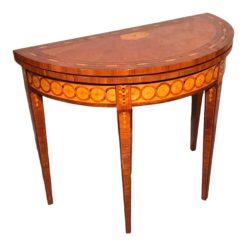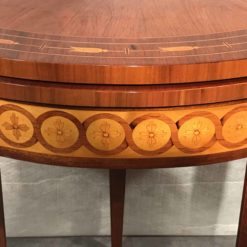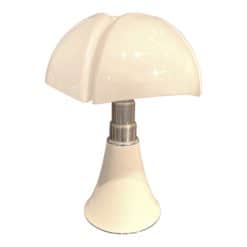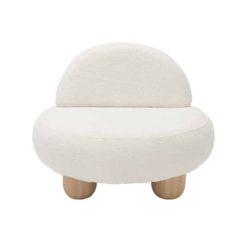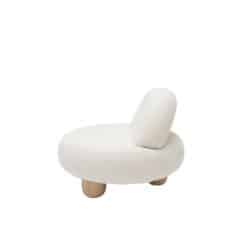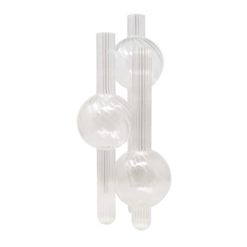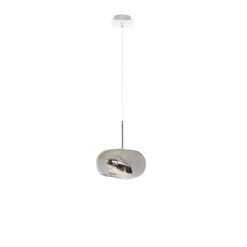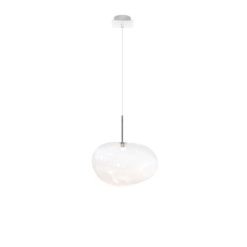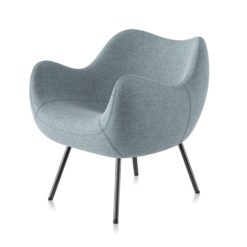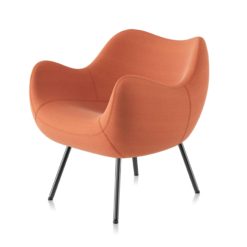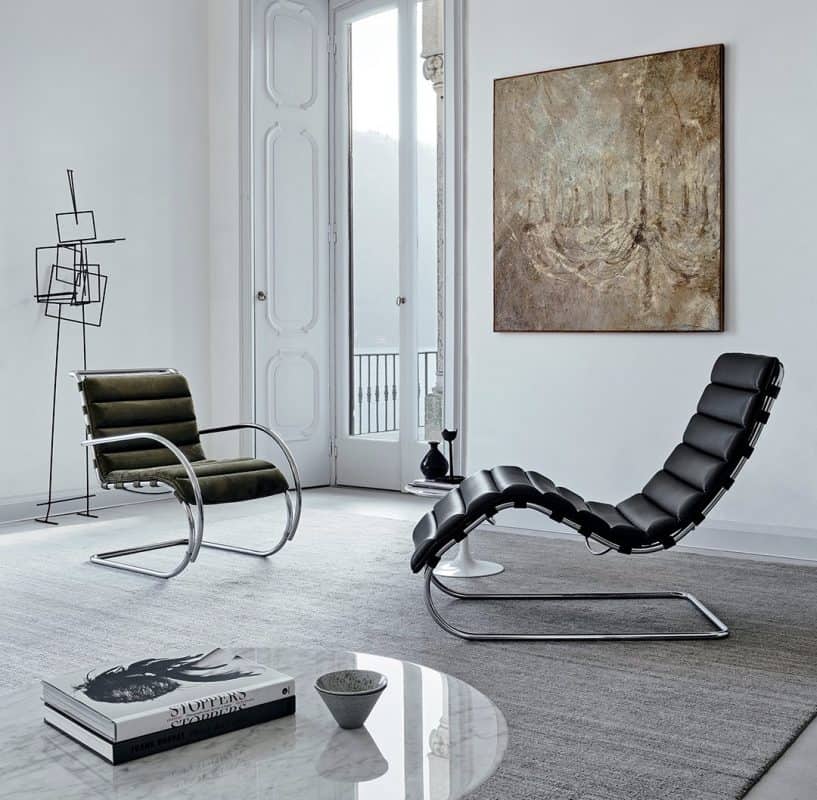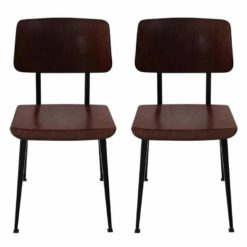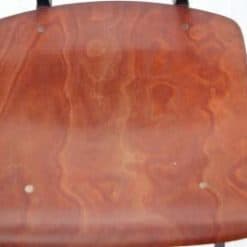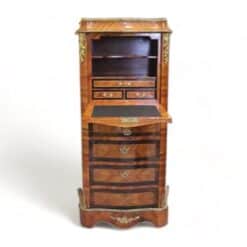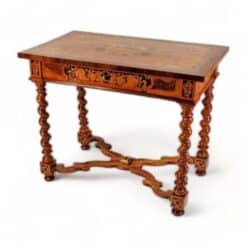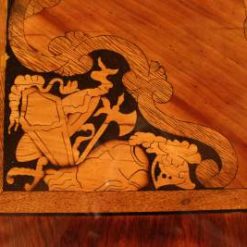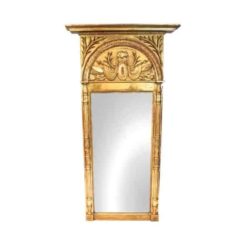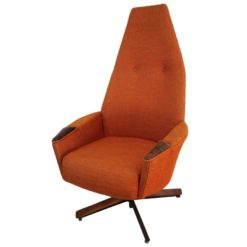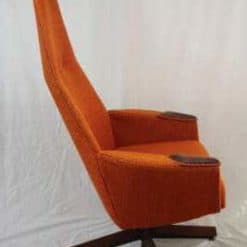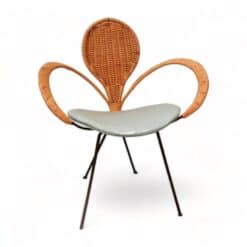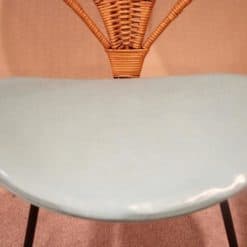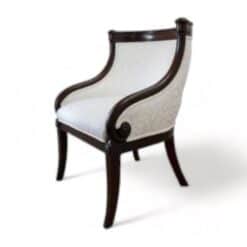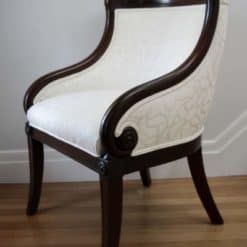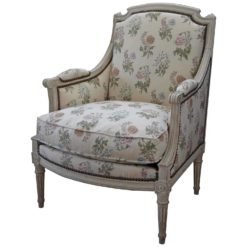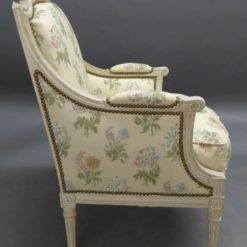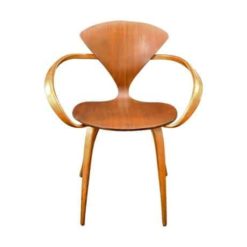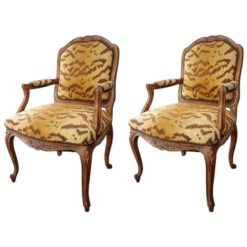Best Sellers
Furniture, Styylish History, Uncategorized
Bauhaus Furniture: Visions of Modernity in Weimar Germany
The Bauhaus furniture style of the early 20th century embodied the change of the time. It arose out of a combination of the Arts and Crafts Movement and Modernism, two emblematic trends of the period. The name “Bauhaus,” which translates literally to “construction house” was the name of a German school of arts that operated between 1919 and 1933.

Bauhaus Furniture Influences
Modernism encompasses the shifting artistic sensibilities of the first decades of the 20th century. It arose in response to industrialization and the horrors of World War I. From Modernist authors, like Virginia Woolf, to Modernist painters like Pablo Picasso, artists grappled with perception and perspective to make sense of a new century. That sensibility greatly influenced Bauhaus style.
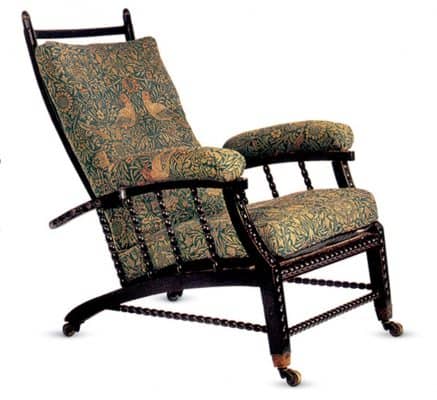
While Modernism concerned itself with the reinterpretation of a postwar industrial world, the Arts and Crafts Movement was a rejection thereof. British Textile Designers like William Morris returned interior decoration to its artisan roots by emphasizing a rejection of the artificial, the machine-made, and the opulent. Morris famously insisted that art should be in service to society and that function was essential to art.
Functionality also made landfall in the United States. Furniture in the Mission-Style returned artisanship to its crafting roots, away from the opulence of the Gilded Age. An emphasis on simple horizontal and vertical lines defines the movement and influenced Bauhaus furniture design.
Bauhaus Style
Both progression in the Modernist sense and regression in the Arts and Crafts sense figured strongly into the development of Bauhaus design. At its heart lie the joint notions of simplified forms, rational and functional art, as well as the reconciliation of mass production and individual artistic spirit. In other words, unlike William Morris, Bauhaus artists saw opportunity and innovation in the prospect of having their designs reproduced by a machine.
History of the Bauhaus School
Bauhaus was founded in 1919 by German Architect Walter Gropius in the city of Weimar. It initially concerned itself with the concept of “Gesamtkunstwerk”, which translates to “holistic artwork” or “universal artwork”. The goal of a “Gesamtkunstwerk” was to create an artwork combining as many precursing art forms as possible.
Walter Gropius’ friend and partner Adolf Meyer helped shift the focus of Bauhaus away from aesthetics and towards functionality. Gropius and Meyer famously collaborated on an entry to the worldwide Chicago Tribune Tower competition in 1922. Although their design was not chosen in favor of the neo-Gothic tower that still stands today, it was widely recognized.
The Bauhaus school moved from Weimar to Dessau in 1925, and to Berlin in 1930. The Nazi regime pressured the school to close in 1933 for its alleged connections to “communist intellectualism”. As such, the history of Bauhaus coincides with the Weimar Republic, the interwar period of German history characterized by free thought, social liberalism, political diversity, and artistic ingenuity.
Painters and Architects

Bauhaus fostered various painters in its 14 years of operation. Wassily Kandinsky, the Russian painter credited as the pioneer of abstract art, and Paul Klee, the successful Swiss Expressionist painter, both spent time there. Many notable students and teachers of Bauhaus were painters. Though remembered for its interior design, painting was at the heart of the school.
The leaders of the Bauhaus were usually architects. Despite this, architecture was not taught as a discipline until 1927. Bauhaus architecture imagined a utopian vision of functional rebuilding after the damage of World War I. Walter Gropius’ architectural ideas played a vital role in the development of the International Style, which dominated the mid-20th century.
Interior Designers
But the most notable impact of the Bauhaus school was on interior design. The style of Bauhaus furniture construction is a landfall movement of 20th century design.
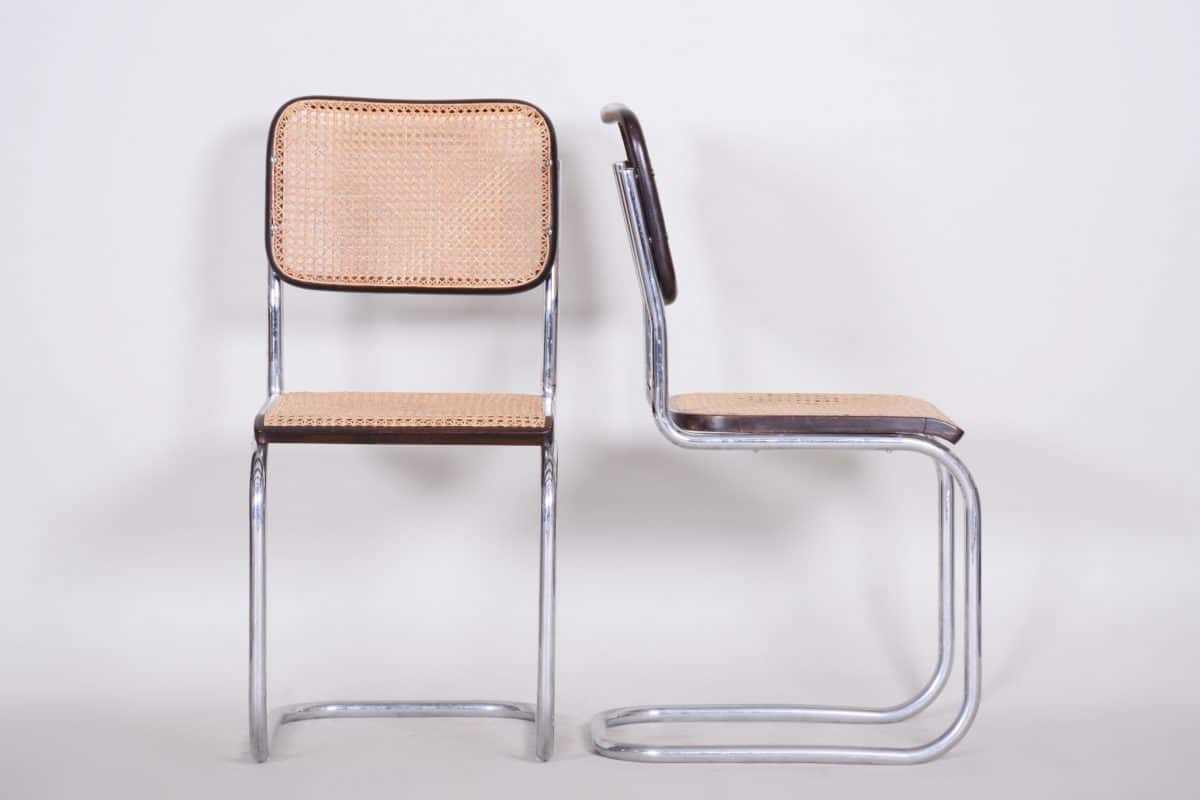
Marcel Breuer was among the most recognizable designers of the Bauhaus furniture style. Breuer studied at the school as a young adult after moving from his native Hungary. He designed the Ceska Chair and the Wassily Chair at Bauhaus, considered among the most important and recognizable chair designs of the 20th century. Breuer later moved to the UK and settled down in the US, where he became known for his Brutalist architectural designs.
Marianne Brandt was one of several successful female artists in the Bauhaus School. Brandt redesigned household objects, such as lamps, ashtrays, and teapots. She specialized in metal work and later headed the Metal Workshop at Bauhaus from 1927 to 1933.
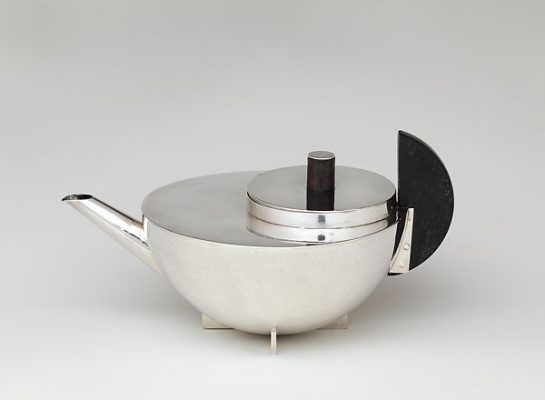
Painter and Designer Josef Albers invented the nesting tables in 1926. When the Bauhaus school closed, Albers emigrated to the United States. He ended his career as the head of the Yale University Department of Design.
The Barcelona Chair, designed by the last leader of Bauhaus, Mies van der Rohe, and architect Lilly Reich in 1929, remains recognizable today.
Legacy of Bauhaus
Bauhaus style features prominently in mid-century and modern furniture design around the world. It influenced modern design around the world, particularly because so many artists were forced out of Germany after 1933.
The functional utopianism of Bauhaus and International architecture later inspired Brutalist architecture. Brutalism developed in Britain in the 1950s and also features minimalist style, with a focus on bare construction materials.
Few movements of the early 20th century have left a more recognizable imprint on modern art and furniture design. Check out Bauhaus furniture on Styylish today and bring the utopian visions of a changing world into your home!

